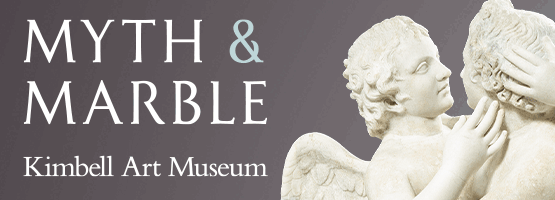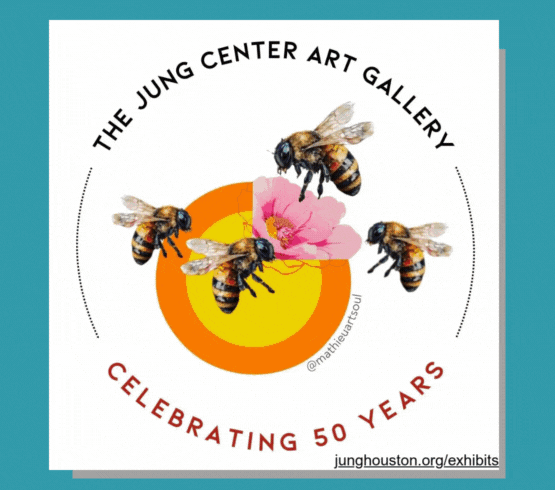The German-born artist Anni Albers is not more widely known for several, unfortunately, common reasons. She was a woman artist, she was married to a famous painter, and she worked in the textile arts. Nevertheless, Albers, who was born in 1899 and died in 1994, is considered the most important textile artist of the 20th century, as well as an innovative printmaker, educator, and designer of functional and aesthetic objects.
Born Annelise Fleischmann in Berlin, Albers wanted to be an artist, so she enrolled at the Bauhaus, the famous German school of art, architecture, and design. The only discipline women were permitted to study, however, was weaving, so she began working with textiles. While there, she met fellow student Josef Albers, and they married in 1925.
Albers’s talent for weaving was soon recognized as she worked with various threads to create geometric designs for textiles and rugs. She even ran the weaving workshop at the Bauhaus for a short time.
In 1949, after 16 years at Black Mountain College, the couple moved to Connecticut, where Josef became the Chair of the Department of Design at Yale University. That same year, Anni became one of the first female artists to have a one-person exhibition at the Museum of Modern Art in New York. It was also MOMA’s first solo exhibition of a textile artist, and it traveled across the country, establishing Anni as one of the most important designers of the day.
During this time, Albers set up a studio in her Connecticut home and began designing textiles for Harvard University and Knoll Furniture Company. She began writing articles on weaving, and eventually authored two publications, On Designing in 1959 and On Weaving in 1965. In “Material as Metaphor,” Albers writes about her early days at the Bauhaus. “In my case, it was threads that caught me, really against my will. To work with threads seemed sissy to me. I wanted something to be conquered. But circumstances held me to threads, and they won me over.”

1 ⁄6
Anni Albers, n.d, photograph by John T. Hill, gelatin silver print, The Josef and Anni Albers Foundation, 1976

2 ⁄6
Anni Albers, Triangulated Intaglio IV, 1976, single-color copper plate etching on paper, 13 x 11 7/8 in., The Josef and Anni Albers Foundation, 1994.11.39.AP2 (photo: © 2023 The Josef and Anni Albers Foundation/Artists Rights Society (ARS), New York)

3⁄ 6
Anni Albers, Camino Real, 1967–69, screenprint on paper, 16 x 15 in., The Josef and Anni Albers Foundation, 1994.11.6.AP2 (photo: © 2023 The Josef and Anni Albers Foundation/Artists Rights Society (ARS), New York)

4 ⁄6
Anni Albers, Red Lines on Blue, designed for Modern Masters Tapestries, 1979, wool, 66 x 72 in., The Josef and Anni Albers Foundation, 2001.22.1 (photo: © 2023 The Josef and Anni Albers Foundation/Artists Rights Society (ARS), New York)

5 ⁄6
Anni Albers, Textile sample, n.d., cotton, 7 1/2 x 6 1/4 in., The Josef and Anni Albers Foundation, 1994.15.18 (photo: © 2023 The Josef and Anni Albers Foundation/Artists Rights Society (ARS), New York)

6 ⁄6
Anni Albers, Smyrna-Knuepfteppich, from the portfolio Connections, 1925/1983, screenprint on paper, 20 1/8 x 15 1/8 in. The Josef and Anni Albers Foundation, 1994.11.65.a.43 (photo: © 2023 The Josef and Anni Albers Foundation /Artists Rights Society (ARS), New York)
In a retrospective film about the Albers that was shown during a major exhibition of their work at the City of Paris Museum of Modern Art in 2021, Anni spoke about how printmaking freed her work, not only from the grid but from being labeled as mere craft: “In the discipline of weaving, you are always tied to horizontal and vertical, and here I was suddenly set free to go into curves and interlacing. I was so very happy about this technique of which I didn’t understand anything, and still don’t, but you can reproduce a piece in an edition of many. While in weaving, you always come out with one piece, and it’s hard to get an exhibition together. I had the problem that museums and galleries didn’t show textiles because they considered it a craft, not art. As I always say, if it’s on paper, it’s art.”
The exhibition follows Albers’ print series and is punctuated by 10 large-scale textiles. One of her looms is included, as well as numerous textile samples that reveal how she experimented with different fibers such as horsehair, cellophane, and jute, and experimental processes like acid baths. The screen-print Smyrna-Knuepfteppich is a dazzling display of Albers’s mastery. With only four colors—red, black, gray, and white—she creates a striking rhythmic pattern. Red Lines on Blue is a large wool rug with an abstract design of red lines forming a labyrinth-like pattern on a blue background. In addition, there are six photographs in the show, including a 1968 portrait by Henri Cartier-Bresson of Josef and Anni in their living room.
Albers innovated constantly, developing pieces that would absorb sound, reflect light, and last for years with minimal wrinkling and warping. The silkscreen prints, lithographs, etchings, tapestries, rugs, weavings, textiles, wallpaper designs, diagrams, and drawings in the exhibition demonstrate her ability to move effortlessly among various mediums and techniques. Albers was a visionary who saw the potential in her materials to produce a vast body of groundbreaking art.
—DONNA TENNANT





